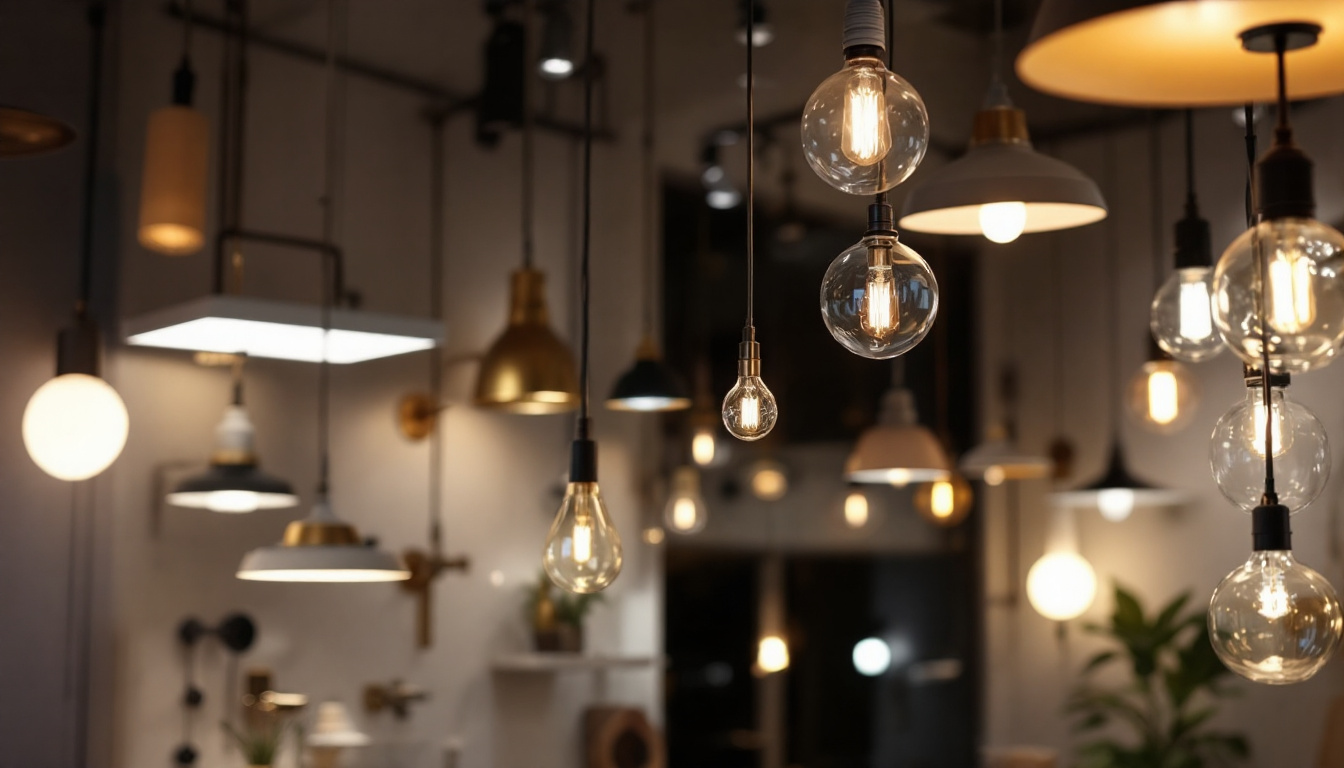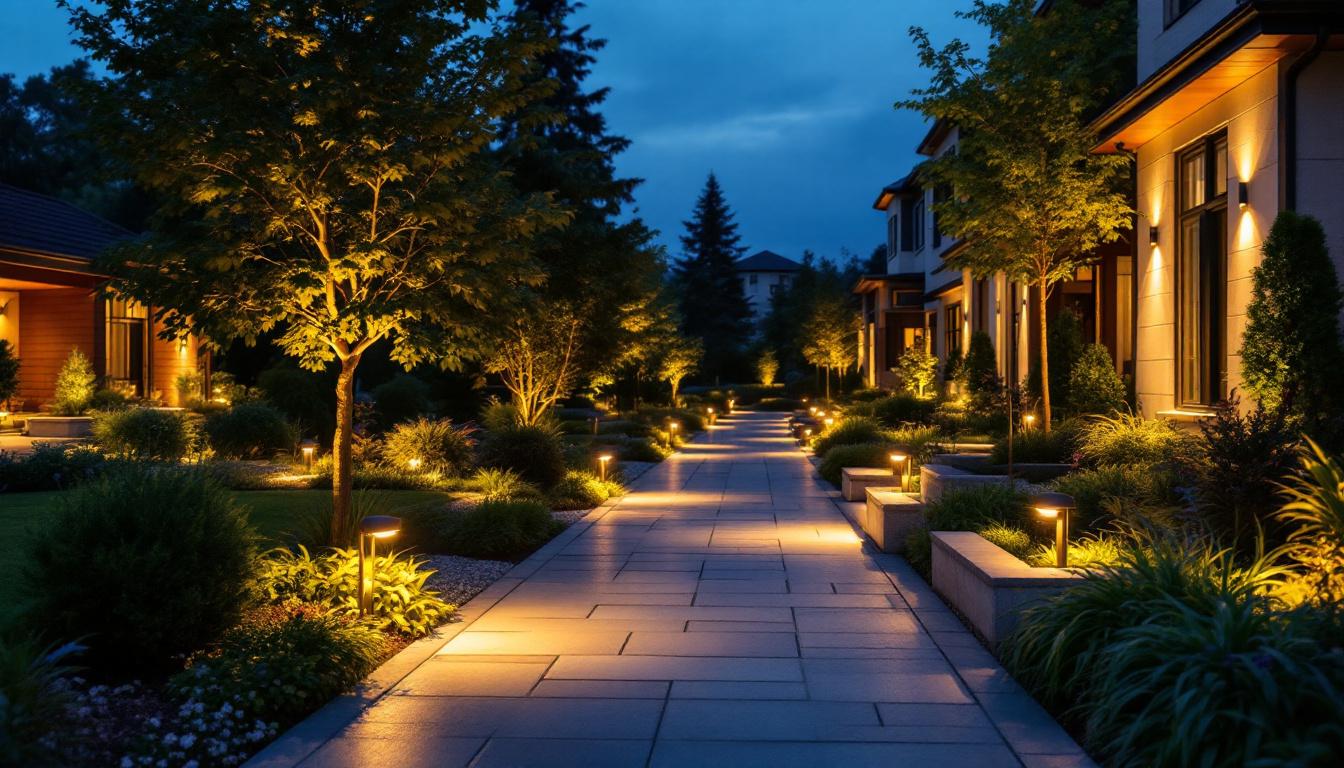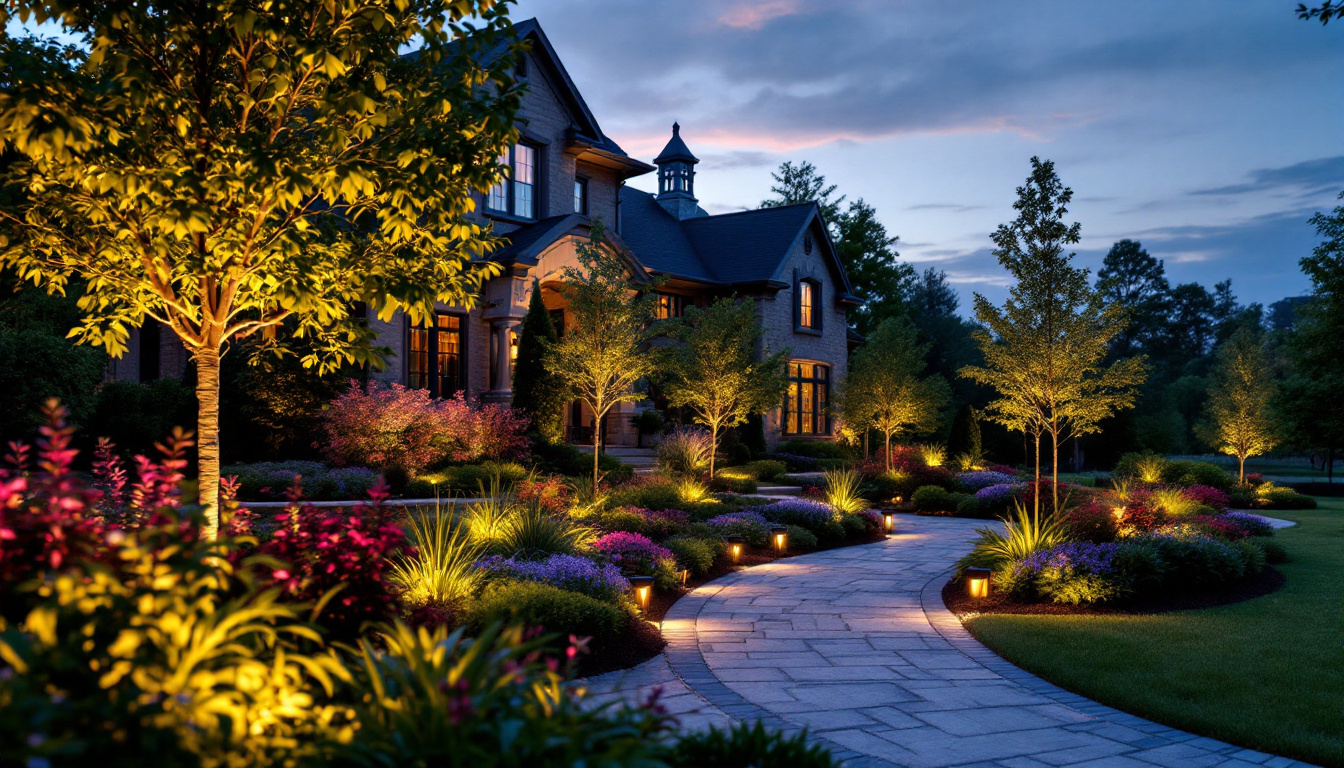
The lighting industry has undergone a remarkable transformation over the years, driven by advancements in technology, changing consumer preferences, and a growing emphasis on sustainability. For lighting contractors, understanding these changes is essential not only for staying competitive but also for meeting the evolving needs of clients. This article delves into the evolution of light standards, exploring the key developments that have shaped the industry and examining the options available today.
To appreciate the current landscape of the lighting industry, it is important to look back at its history. The evolution of lighting standards has been influenced by various factors, including technological advancements and regulatory changes. From the early days of gas lamps to the modern LED technology, each phase has brought new challenges and opportunities.
In the past, lighting solutions were primarily focused on functionality. Gas lamps and incandescent bulbs were the standards, providing basic illumination but lacking in efficiency and longevity. These early technologies often posed safety risks and required frequent maintenance, which made them less than ideal for contractors and consumers alike.
As the demand for better lighting solutions grew, so did the need for standardized practices. This led to the establishment of various codes and regulations aimed at ensuring safety and efficiency in lighting installations. These standards laid the groundwork for the innovations that would follow. The introduction of electrical systems in homes and businesses further propelled the need for comprehensive guidelines, as the potential hazards associated with electricity necessitated a more structured approach to installation and maintenance.
The introduction of fluorescent and halogen lighting marked a significant turning point in the industry. These technologies offered improved energy efficiency and longer lifespans compared to their predecessors. As a result, they quickly became popular choices for both residential and commercial applications.
With the rise of these new lighting solutions, the need for updated standards became apparent. Organizations began to develop guidelines that addressed the unique characteristics of fluorescent and halogen lighting, ensuring that contractors could install these systems safely and effectively. The shift also sparked a broader conversation about energy consumption and environmental impact, leading to initiatives aimed at reducing the carbon footprint associated with lighting. As awareness of these issues grew, manufacturers were encouraged to innovate further, resulting in the development of more sustainable options that would eventually pave the way for the next generation of lighting technologies.
Moreover, the transition to fluorescent and halogen lighting brought about a cultural shift in how people perceived artificial light. No longer just a means to illuminate a space, lighting began to be recognized for its role in enhancing mood and productivity. This understanding prompted architects and designers to consider lighting as a critical element in their projects, leading to a more integrated approach that combined aesthetics with functionality. As a result, the lighting industry began to see a diversification of products, catering to a wide array of consumer preferences and needs.
Today, the lighting industry is characterized by rapid innovation, with LED technology leading the charge. This shift has not only transformed the way light is produced but has also influenced the standards by which lighting products are evaluated and sold. The focus has shifted towards sustainability and energy efficiency, pushing manufacturers to create products that not only illuminate spaces but also minimize environmental impact.
LEDs have revolutionized the lighting industry, offering unparalleled energy efficiency, longevity, and versatility. Unlike traditional lighting solutions, LEDs consume significantly less power and can last for tens of thousands of hours, making them an attractive option for contractors and their clients. This longevity translates to reduced maintenance costs and less frequent replacements, which is particularly beneficial in commercial settings where downtime can be costly.
The rise of LEDs has prompted the development of new standards that focus on performance metrics such as lumen output, color temperature, and efficacy. These standards help contractors select the right products for their projects while ensuring compliance with energy codes and regulations. Furthermore, the ability to customize LED lighting to fit specific needs—whether for mood lighting in a restaurant or task lighting in an office—has opened up new avenues for design and creativity in both residential and commercial spaces.
As technology continues to advance, smart lighting solutions have emerged as a game-changer in the industry. These systems allow for greater control over lighting environments, enabling users to adjust brightness, color, and timing through smartphone apps or voice commands. The convenience of being able to control lighting remotely not only enhances user experience but also contributes to energy savings, as lights can be programmed to turn off when spaces are unoccupied.
The integration of smart technology into lighting has led to the establishment of new standards that address connectivity, interoperability, and user experience. Contractors must familiarize themselves with these standards to effectively implement smart lighting solutions in their projects. Additionally, the rise of smart home ecosystems has encouraged manufacturers to develop lighting products that seamlessly integrate with other smart devices, creating a holistic approach to home automation. This interconnectedness not only enhances convenience but also allows for innovative features, such as adaptive lighting that adjusts based on the time of day or occupancy, further optimizing energy use and enhancing the quality of light in various environments.
The growing emphasis on sustainability has significantly influenced lighting standards. As environmental concerns become more pressing, the industry has responded by prioritizing energy efficiency and eco-friendly practices.
Governments and regulatory bodies have implemented various measures to promote energy-efficient lighting solutions. These regulations often require contractors to adhere to specific standards when selecting and installing lighting products. Compliance not only ensures that projects meet legal requirements but also helps reduce energy consumption and greenhouse gas emissions.
Contractors must stay informed about these regulations to ensure that their projects align with current standards. This knowledge not only enhances their credibility but also positions them as responsible professionals in the eyes of clients.
In response to the demand for sustainable solutions, manufacturers have developed a range of eco-friendly lighting options. These products often utilize recyclable materials and are designed to minimize waste throughout their lifecycle.
Contractors can benefit from offering these eco-friendly options to clients, as they align with the growing trend toward sustainability. By incorporating these products into their projects, contractors can contribute to a greener future while enhancing their marketability.
As the lighting industry continues to evolve, the importance of certification and testing has become increasingly apparent. These processes ensure that lighting products meet established standards for performance, safety, and sustainability.
Various certification programs exist to evaluate lighting products, providing contractors with a reliable way to assess quality. Programs such as Energy Star and the Lighting Facts label offer valuable information about a product’s energy efficiency and performance characteristics.
Contractors should familiarize themselves with these certification programs and encourage clients to consider certified products. This not only ensures compliance with standards but also helps clients make informed decisions about their lighting choices.
The testing process for lighting products involves rigorous evaluation to ensure they meet safety and performance standards. This includes assessments of light output, energy consumption, and durability. Understanding this process allows contractors to choose products that are reliable and efficient.
By selecting tested and certified products, contractors can enhance their reputation and build trust with clients, knowing that they are providing solutions that meet or exceed industry standards.
The lighting industry is constantly evolving, with new trends emerging that shape the future of lighting standards. Staying informed about these trends is crucial for contractors looking to remain competitive in the market.
One of the most significant trends in recent years is the focus on human-centric lighting. This approach emphasizes the impact of light on human health and well-being, promoting designs that enhance comfort and productivity.
Contractors should consider incorporating human-centric lighting principles into their projects, as clients increasingly seek solutions that support their well-being. This may involve selecting specific color temperatures or adjusting lighting levels to create optimal environments.
As the push for sustainability continues, the integration of renewable energy sources into lighting systems is gaining traction. Solar-powered lighting solutions, for example, offer an eco-friendly alternative that can significantly reduce energy consumption.
Contractors should explore the potential of renewable energy sources in their projects, as this not only aligns with sustainability goals but also opens up new opportunities for innovation and differentiation in the market.
The evolution of lighting standards reflects the dynamic nature of the industry, driven by technological advancements, sustainability initiatives, and changing consumer preferences. For lighting contractors, staying informed about these developments is essential for success.
By understanding the historical context, embracing modern innovations, and adapting to emerging trends, contractors can position themselves as leaders in the lighting industry. The future holds exciting possibilities, and those who are willing to embrace change will thrive in this ever-evolving landscape.
As the demand for high-quality, energy-efficient, and sustainable lighting solutions continues to grow, contractors who prioritize knowledge and adaptability will be well-equipped to meet the needs of their clients and contribute to a brighter, more sustainable future.
As you embrace the future of lighting standards and seek to provide your clients with the best in energy-efficient and sustainable lighting solutions, turn to LumenWholesale for all your needs. Our commitment to empowering contractors with spec-grade lighting products at unbeatable wholesale prices ensures that you can confidently meet the demands of any project. With our extensive selection that meets the highest industry standards, you’ll find reliable, high-performance lighting without the inflated markups. Plus, our hassle-free bulk buying with free shipping means you get premium lighting at the best value — without hidden fees or compromises. Explore our collection now and experience the perfect blend of quality, affordability, and convenience with LumenWholesale.

Discover how LED 4ft shop lights are revolutionizing modern lighting solutions with energy efficiency, durability, and superior illumination.

Discover essential insights for lighting contractors in transforming restaurant spaces with the perfect ambiance.

Discover expert tips and insights on selecting and installing spot light bulbs for outdoor spaces.

Discover why outdoor lighting companies should prioritize their focus on lighting contractors.